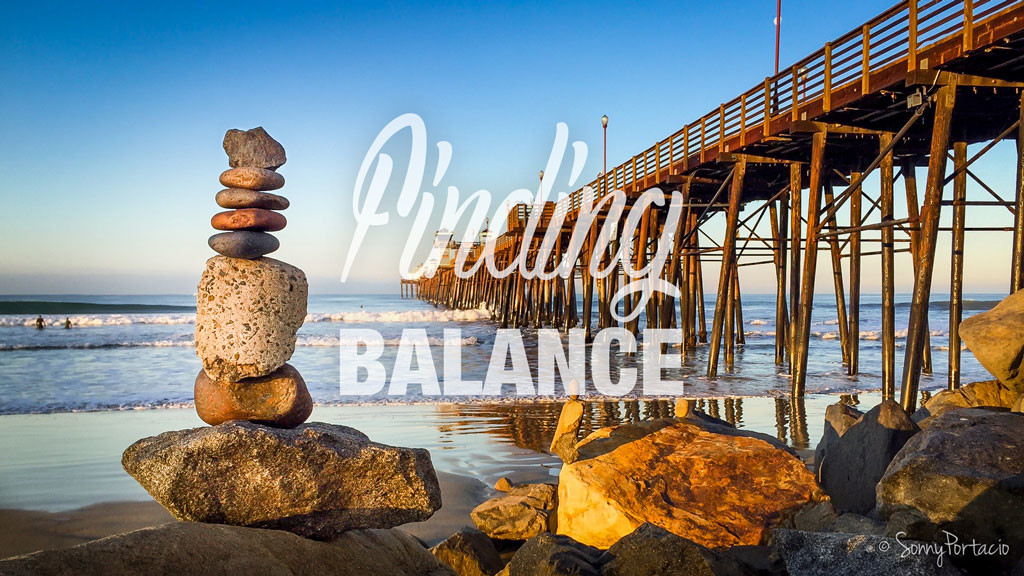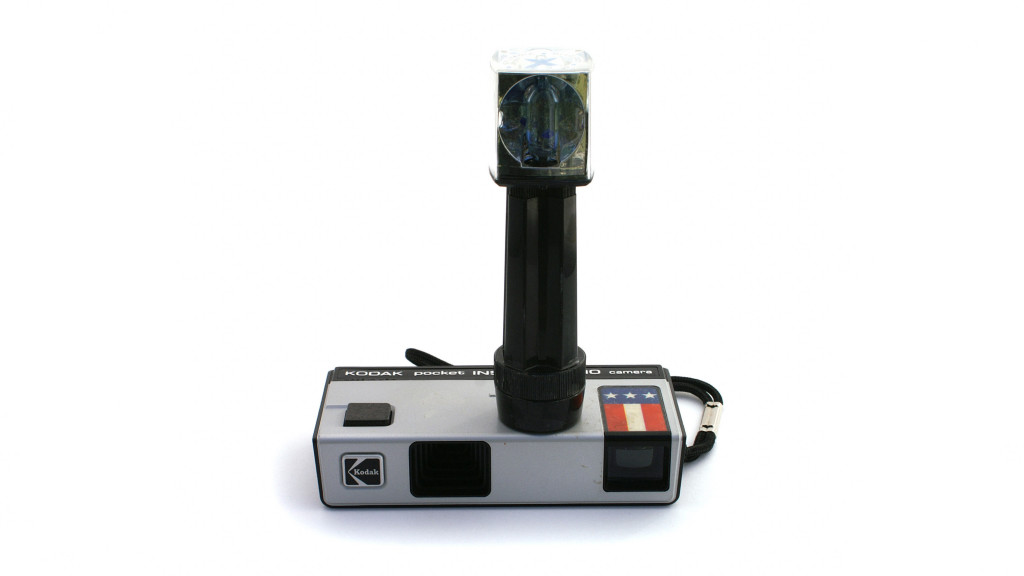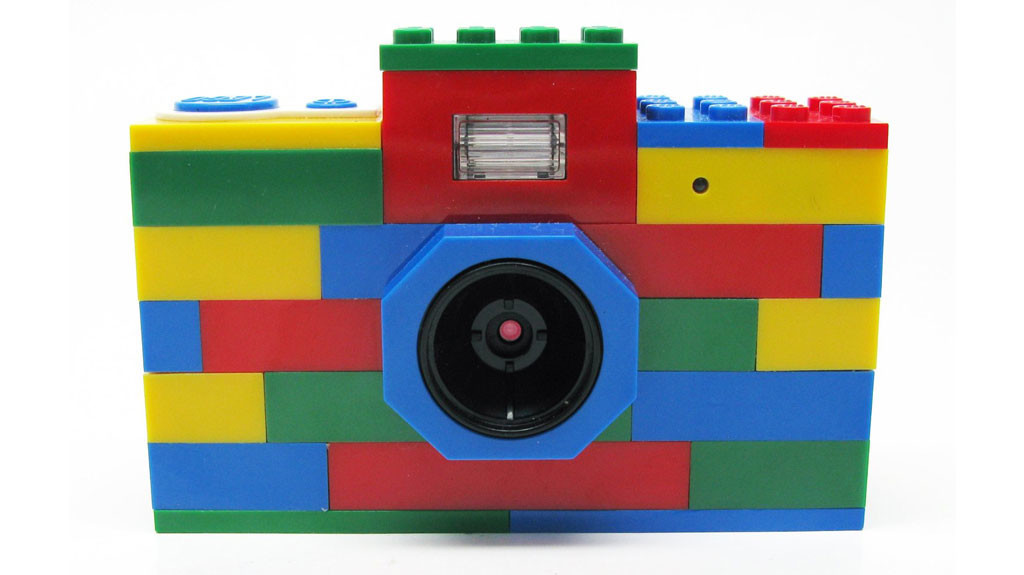I’ve been thinking a lot lately about the focus of this website. Pun intended. I’ve been doing a lot of reading, watching and listening about what you really need for photography … which has got me thinking … again.
What do you really need in order to take a great photograph?
In an article that I wrote a while back, I talked about GAS (Gear Acquisition Syndrome) and how it can not only cause you to lose focus on photography, but can also be costly. I’ve always thought that great photography isn’t just about gear, tools and gadgets. It’s much more than that. It’s being able to see and envision. It’s using the tools to tell a story or evoke an emotion. Combine those thoughts with some things that I began to notice about photography. A while back I realized that I was getting the same, repeated questions from friends about photography. I also noticed how many of my friends and family were using smartphones and compact cameras to take pictures. It’s for this reason that this website was created. I wanted to share tips and techniques on how to make great images with small, lightweight, agile cameras: smartphones and compact cameras.
I was recently interviewed on the “Tips from the Top Floor” podcast about photography by a guy named Chris Marquardt, a photographer in Germany. On his show we discussed strategies and techniques on how to get great pictures using a smartphone. Chris is a great photographer and a creative guy but I could tell there was something that intrigued him about taking pictures with such simplistic equipment. On subsequent shows he talked about the importance, or more accurately the non-importance of tools and gear in photography. He talked about the importance of developing a vision and the skills in order to accomplish that vision. That really resonates with me.
On a recent show Chris interviewed CJ Chilvers: a blogger, photographer and writer. CJ recently published an e-book called “A Lesser Photographer” (You can download the book here) and talked about it on Chris’s show. I listened to the interview with intrigue. The basic premise was that CJ had gotten fed up with the perpetual race to purchase bigger, better and more expensive camera equipment. His epiphany came when he was at a state park with other photographers and realized the only thing they were doing was talking about gear and not taking any pictures. He subsequently sold almost all of his gear and bought a simple compact camera. (You can check out CJ’s insightful blog here) I downloaded his e-book (a $5 splurge) and I like it. There’s a lot to like and so much of it resonates with my perspective, but I don’t agree with all of it. More of that in just a bit.
Coincidentally, I happened upon another articled called “How to Be Grateful for What You Have” and it follows along the same lines of thought. It’s a great article that discusses how so many of us can get on the “Hedonic Treadmill” where gear, no matter how great, is never good enough for long. Here’s a link to that article, it’s a good read: once again discussing the need to avoid GAS and focus on what matters. I find it interesting, however, that this author didn’t sell all of his camera gear and start using a compact camera. He still uses a rather expensive Leica and lens combination. Nonetheless the article makes some good points about contentment and avoiding GAS.
Okay, back to Chilvers. Here’s a link to a video interview with him that will give you some background. In it he explains his perspective and the book “A Lesser Photographer” which at the time had not yet been released. After watching this video (and another one here) I think that I understand his perspective. Although I agree with the need to simplify and not succumb to the lure of shiny new gear, there are some points that I have to disagree with. In a nutshell here are a few of his points: That everyone is already making great pictures as long as they “tell a story of a compelling subject to you”. He says that the snapshot is the best kind of photography. He says that everyone should make photos of the things that are important to them for art’s sake. He says that technique is overrated. He says that blurry, poorly composed out of focus, poorly lit pictures are okay. He is not a fan of tips. On many of these points, I have to disagree.
It’s true that photographs are not all about the gear. My first camera was a Kodak Pocket Instamatic. With it I created some amazing and memorable images. Treasures that are priceless to me. But would it meet my needs today? It’s been said that you could give a talented photographer any kind of camera and they would still be able to create great images. There was a video showing pro photographer Chase Jarvis stretching himself to create some photos using a Lego Camera. Watch the video and you’ll see Chase using his experience, technique and skill to try and create some memorable images. Should we all go out and buy a $70 Lego camera?
On the other end of the spectrum, we’ve got to ask ourselves, when is what we already have good enough? As you pay higher prices for more expensive camera gear, you’re sure to suffer from the law of diminishing returns. Is a $3000 camera six times better than one that only costs $500? Will you be able to take pictures that are six times better? Not likely. I found these articles on expensive photo gear (http://j.mp/1AT2jIt and http://j.mp/1AT2oMs) and realized “You know, somebody is buying this stuff!” But do you really need that in order to capture great images? I don’t think so.
 In my humble opinion, it’s all about balance. We all need to find what works for us, for our situations and our needs. For me, it’s not all about the gear. Yes, I often suffer from GAS, more often that I would like to admit. But when it comes down to it, the gear is just tools and the tools should serve me, not be a crutch on which I depend. However, I’d never want the gear to inhibit my creativity either. There is art that I simply couldn’t create with a pinhole camera. It’s important to really consider if the tool is a luxurious crutch or an obstacle to my vision. You can always spend too much money on gear, but is it possible to not spend enough? I think so. I think that every person needs to examine what photography means to them and for that person to find that balance. Shoot what you love. Make photos of things that matter to you. What if what you love are the hummingbirds coming to your feeder in your backyard? Would you be able to create the images you envision with a $70 camera? I’m not so sure about that.
In my humble opinion, it’s all about balance. We all need to find what works for us, for our situations and our needs. For me, it’s not all about the gear. Yes, I often suffer from GAS, more often that I would like to admit. But when it comes down to it, the gear is just tools and the tools should serve me, not be a crutch on which I depend. However, I’d never want the gear to inhibit my creativity either. There is art that I simply couldn’t create with a pinhole camera. It’s important to really consider if the tool is a luxurious crutch or an obstacle to my vision. You can always spend too much money on gear, but is it possible to not spend enough? I think so. I think that every person needs to examine what photography means to them and for that person to find that balance. Shoot what you love. Make photos of things that matter to you. What if what you love are the hummingbirds coming to your feeder in your backyard? Would you be able to create the images you envision with a $70 camera? I’m not so sure about that.
For my professional work, I find that I have to use gear appropriate for the job. I wouldn’t use a Lego camera at a wedding I was hired to shoot, but I don’t always use my pro gear when I’m not being paid. My iPhone certainly has the distinction of being that camera I use most often. It’s always there and let’s me get those shots that I might have otherwise missed. It’s limitations also force me (in a good way) to think, be creative and stretch innovation to get the shot that I envision. In between the iPhone and my pro gear is the camera that I most love to use. It’s lightweight and MUCH less bulky than my DSLR and quiver of lenses. On the other hand, it is much more capable than my iPhone yet still provides me with those innovation stretching limitations that I appreciate. In my opinion this camera is as “low as I wanna go”. As far as features and capabilities, it’s got my minimum requirements and not much more. Using a camera with less features than the line I’ve drawn would be too great a sacrifice for the way I shoot and the images I want to create.
What’s this compact camera that I’m using? I’ll share that with you on a future post.
Tomorrow, I’ve got a photo walk at a botanical garden. We’ll be doing macro photography. If you haven’t been on a photo walk before, you should try one. In my experience, the people that show up are generally all very nice with the common interest of photography. Most of them love to share techniques, connect with other photographers and learn more about how to take great pictures. I have found, however, that there are always a few who show up and perform “the gear strut”. They have got some of the highest end, most expensive gear. They’re there to put it all into use and make sure that others see them using it. Sometimes it’s painfully clear that they haven’t (yet) got a clue on how to use their equipment. $5000 worth of gear and they only shoot on the green auto mode. Amused, I’ve noticed a few of them display smug, self righteous attitudes if other people don’t have the “right” gear. Tomorrow I’ll be shooting with my iPhone and agile compact gear. I’m intentionally challenging myself to see what kind of images I create using only those cameras. I’ll share photos with you so you can see how they turned out.
What are you thoughts on this: Minimalism in Photography? How much would you be willing to trim down for the sake of simplicity?
More to come …






Great article I agree it is a good idea finding a good balance with photography.
Hey Scott! Yup, it’s something that I think is important for each photographer to find …
So much to like about this post. You are echoing other gurus that I love, Seth Godin and Alton Brown. It is about the skill and technique that comes from practice, as well as studying the underlying science that makes for a well done job.
Hey Dave, thanks! I agree with you, it’s skill, technique and experience. In CJ Chilver’s videos and writings however, he says that technique doesn’t matter, blurry doesn’t matter, out of focus doesn’t matter. I disagree. If it’s a bad picture, it’s a bad picture call it what it is. More to come …
Yes sir, that is a great article. The concept carries over into many areas doesn’t it?
Sure does! Simplicity and drilling down to what really matters.